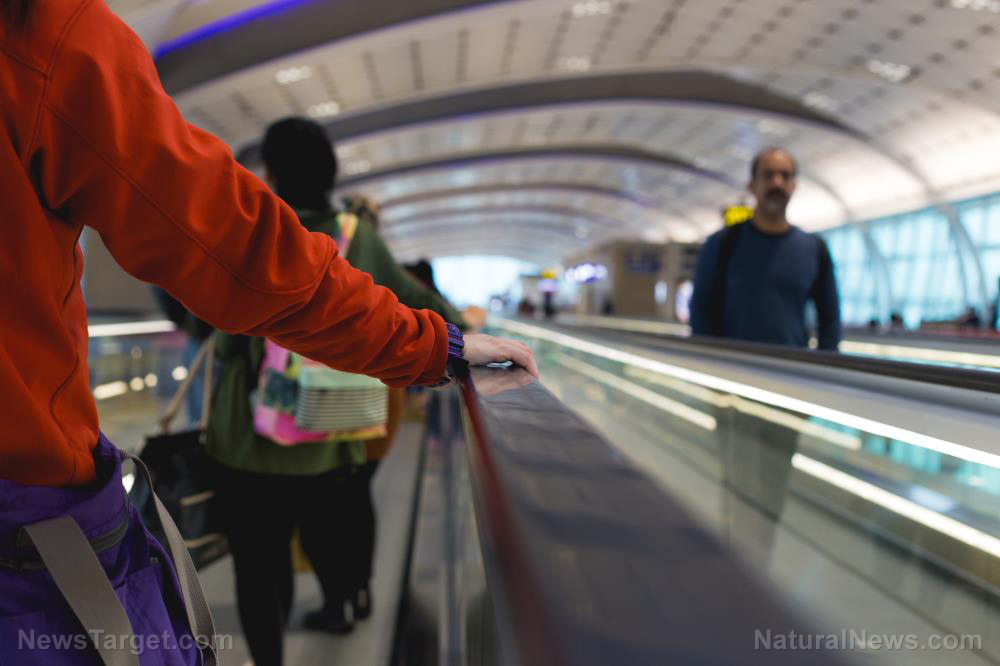
Machines will soon be taking over the jobs of human valets at a major international airport in southeast England. Gatwick Airport recently announced that it is testing a number of valet parking robots for future deployment, making it the first U.K. facility to operate a fleet of the autonomous machines.
Airport official explained that the robots will make life easier for airport passengers who are trying to make it to their flight in time. Travelers can drive up, switch off the engine, lock the doors, book a robot valet via app, and head straight to the passenger terminal while their vehicle gets taken away.
In addition, the robots are expected to be much better at parking cars than human valets. A parking lot served by robot valets could fit up to 33 percent more vehicles than originally designed.
Maximizing the usable space of a parking lot would save money that would otherwise be spent on expanding the physical property, either by buying more land or constructing multi-level parking buildings. And there are also the savings accrued from not hiring expensive human workers, especially in the looming post-Brexit economy of the U.K. (Related: Can Ford’s proposed autonomous “Robocop” car be trusted not to shoot innocent civilians?)
Robots are taking over valet parking jobs at European airports
Designed by French company Stanley Robotics, the autonomous robot valet is called Stan. It is a battery-powered electric vehicle equipped with a military-grade GPS system for very accurate navigation.
Strictly speaking, the robot valet is a towing vehicle. Instead of getting inside the driver's seat of the car, it would slide a ramp beneath the target and tow the bigger vehicle to the parking lot. Think of it as a smaller, robotic version of the aircraft tugs that drag airplanes across the field.
Gatwick Airport has already designated a drop-off area for passengers who are driving themselves to the airport. Travelers could book the automated parking service on an available touchscreen device before taking a shuttle to the terminal.
Upon approaching a vehicle, the robot valet would perform a scan of the latter. Knowing the dimensions of the vehicle would help the robot bring it to the parking lot without mishap.
As the robot is towing the vehicle instead of driving it, it does not need to open the driver's door to get in and out. The cars could therefore be parked much closer to each other.
The parking booking is linked to the flight number of the passenger. Upon the arrival of the return flight, a robot valet will automatically tow the car out of the parking lot and to the drop-off area for the passenger to pick up.
Valet parking robots
"We call it a valet parking robot because people just need to drop off their car at the entrance of the car park and then they can basically leave and catch a flight, but it’s doing more than just valet parking," said Stéphane Evanno, the co-founder of Stanley Robotics.
Gatlick Airport will start testing the robot valet parking system on August 2019. This coincides with the start of the summer season, when many more passengers will be taking flights out of the U.K. and back.
The airport will be altering the long-stay parking lot of its South Terminal to accommodate its new robot valets. Among other things, the surface of the lot needs to be replaced with a robot-friendly material.
Other major airports in France and Germany are also testing Stanley Robotics-designed automated valet parking service. According to Evano, feedback has been very positive so far.
Sources include:
Please contact us for more information.





















